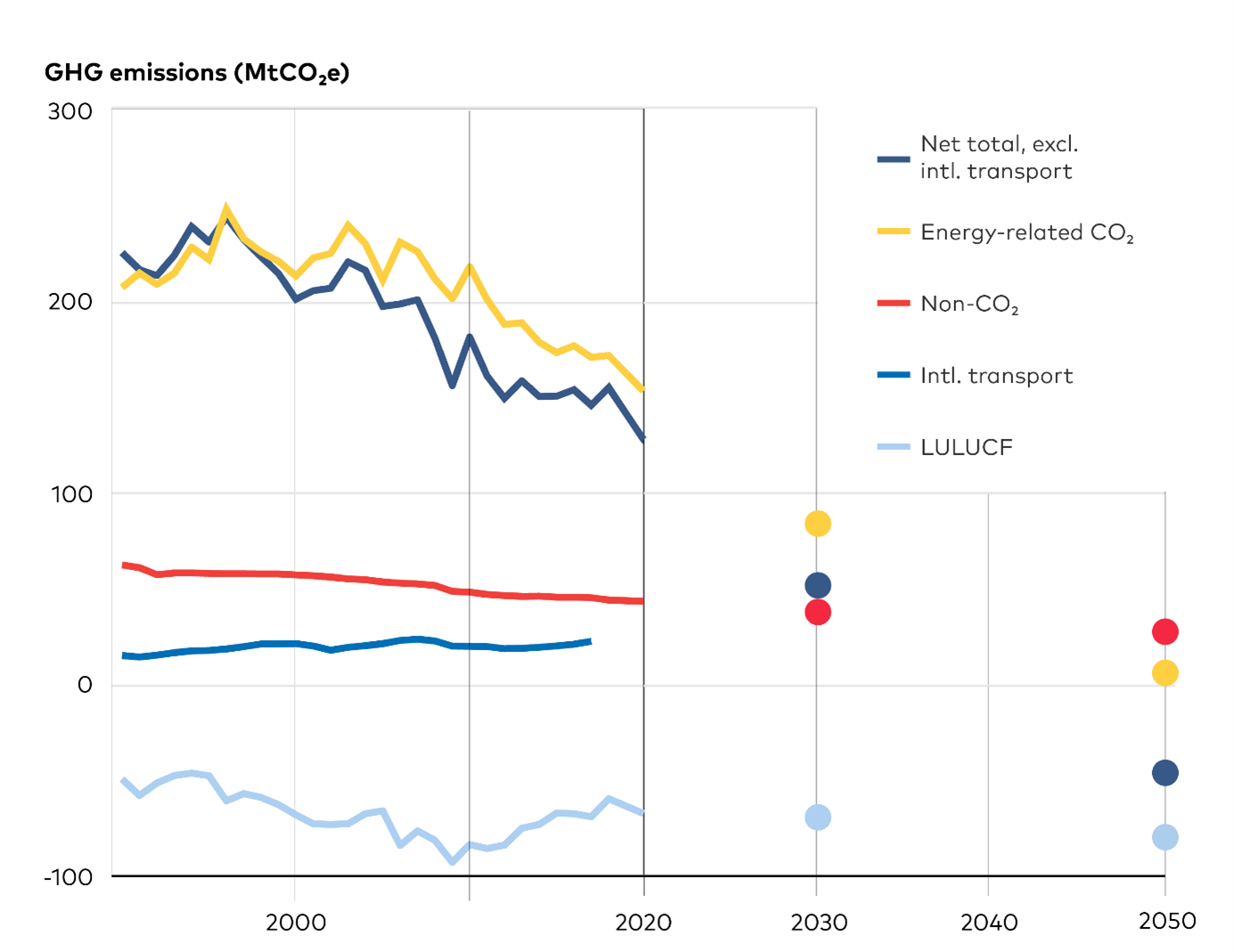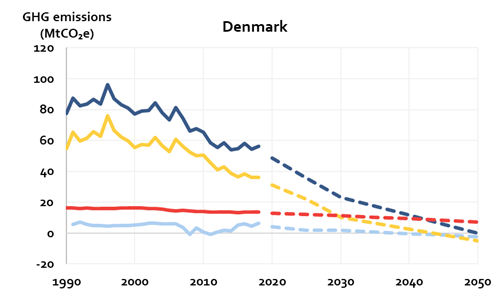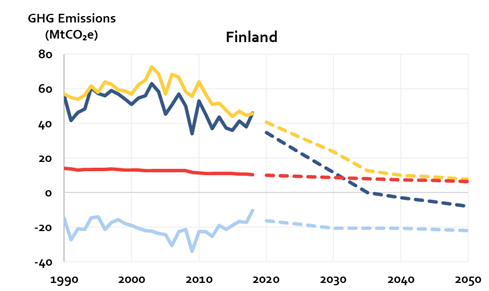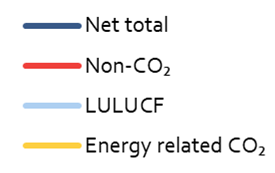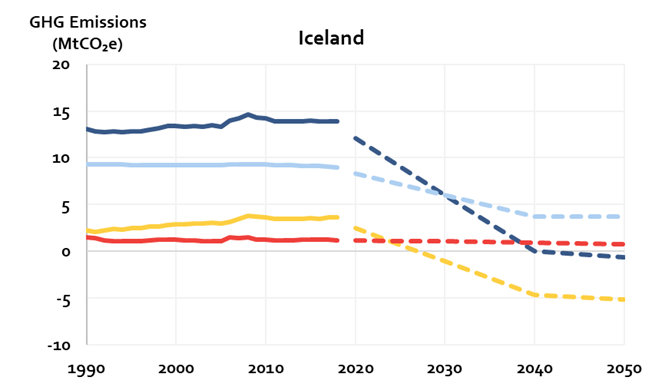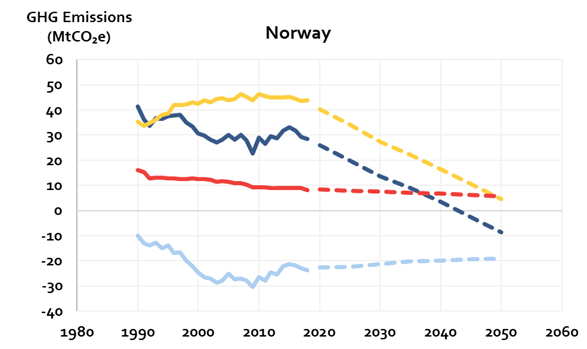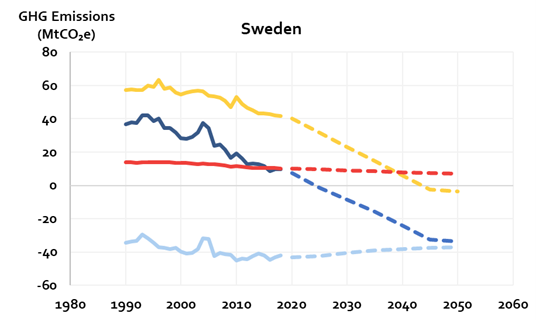Developed by
The Three Scenarios
Nordic decision makers will play a leading role in shaping the future energy system, including the role Nordic countries could play in Europe as a whole. Policy action will underpin key areas of research and development, strategic decisions in industry, and levels of public acceptance. The NCES analytical approach sought to balance these factors that will influence outcomes and developed three scenarios to reflect a different core element:
Carbon Neutral Nordic (CNN) is the central storyline seeking the least-cost pathway, taking into account current national plans, strategies, and targets.
This storyline does not produce a business-as-usual scenario. Rather it shows what effects stated, but not yet implemented, strategies and targets would achieve. Decarbonisation of energy consumption will require fast actions in all sectors as the amount of renewable power and heat production must increase to provide clean energy to end-use sectors. Nordic countries in this scenario therefore increase electricity exports to central Europe, but the amount does not increase much above current projections as electrification of Nordic heating, transport, and industry require a large supply of low carbon electricity.
Biomass imports from outside the Nordics are limited to current or slightly higher levels to ensure sustainability of bioenergy use. BECCS is utilised compensate some of the most expensive CO2 emission abatement options. In addition, onshore wind development is limited below the technical potential due to social acceptability and land use issues.
Nordic Powerhouse (NPH) explores the opportunity for the Nordics to play a larger role in the broader European energy transition by providing clean electricity, clean fuels, and carbon storage.
NPH is a storyline where the Nordic countries provide cheap clean energy and host more low carbon services and industries, increasing their exports of low carbon products and energy carriers, and increase the exports of carbon free steel and aluminium. All these activities increase demand for electricity and/or other energy products. This also results in more excess heat from industry and services that is used in district heating generation. The NPH also allows for increased power transmission capacity between the Nordic countries and from the Nordics to mainland Europe as well as increased power-to-X (PtX) fuel production.
Climate Neutral Behaviour (CNB) reflects Nordic societies taking additional energy and material efficiency measures in all sectors, ultimately leading to lower demand for both.
CNB is a storyline motivated by strong political and citizen engagement. In this storyline, politicians and citizens adopt additional energy and material efficiency measures in all sectors that lead to lower energy demand. Output from heavy industry decreases in this storyline by 10% in comparison to CNN from 2030 to 2050. In addition, decentralised generation technologies become much more common, further cutting the amount of energy delivered through grids.
Energy demand for transport is assumed to decrease due to more efficient use of transportation modes and less but more efficient heavy transport of goods. For passenger transport national passenger km is assumed to not grow past 2030.
Sensitivity Factors
Carbon Capture and Storage
Without negative emissions, it is not likely that the Nordic countries carbon neutrality targets can be reached. One critical part of carbon capture and storage solutions is the storage. In this sensitivity, it is assumed that there is less opportunity to store CO2 and the costs of storage are assumed to increase the total costs from 20-60% depending on the technology.
To apply this sensitivity to the scenario results, click the barrel icon on the chosen scenario.
Restriction on Bioenergy Import
To represent the limited global bioenergy potential, partly due to sustainability requirements, an import limitation on bioenergy to the Nordic countries can be introduced. This limitation reduces biomass imports linearly from today’s levels to 0 in 2050 for all Nordic countries. In addition, the bioenergy sensitivity lowers the assumed domestic bioenergy potential by 25%. Without the import restriction, biomass and biofuels can be imported from the rest of the world at an assumed market price.
To apply this sensitivity to the scenario results, click the leaf icon on the chosen scenario.
Definition of Carbon Neutrality in the NCES Analysis
The NCES project focuses on activities that cause energy-related CO2 emissions, which represent ~80% of total Nordic GHG emissions. The adopted definition of carbon neutrality by this project sets the limit for total energy-related CO2 emissions in each modelled scenario. Differences arise between the Nordic countries in the target years for reaching carbon neutrality, in their mid-term targets, and in the use of carbon offsets. Carbon neutrality target years range from 2030 in Norway to 2050 in Denmark. The difference in target years cannot be directly compared as some countries allow the use of carbon offsets and some will benefit from considerable forest carbon sinks, such as Sweden.
The resulting total Nordic GHG reduction trajectory that constrains the scenarios are shown in the figures below for the Nordic aggregate and for each Nordic country. Because of differences in national targets and the inclusion or exclusion of LULUCF the profiles of each country are different.
